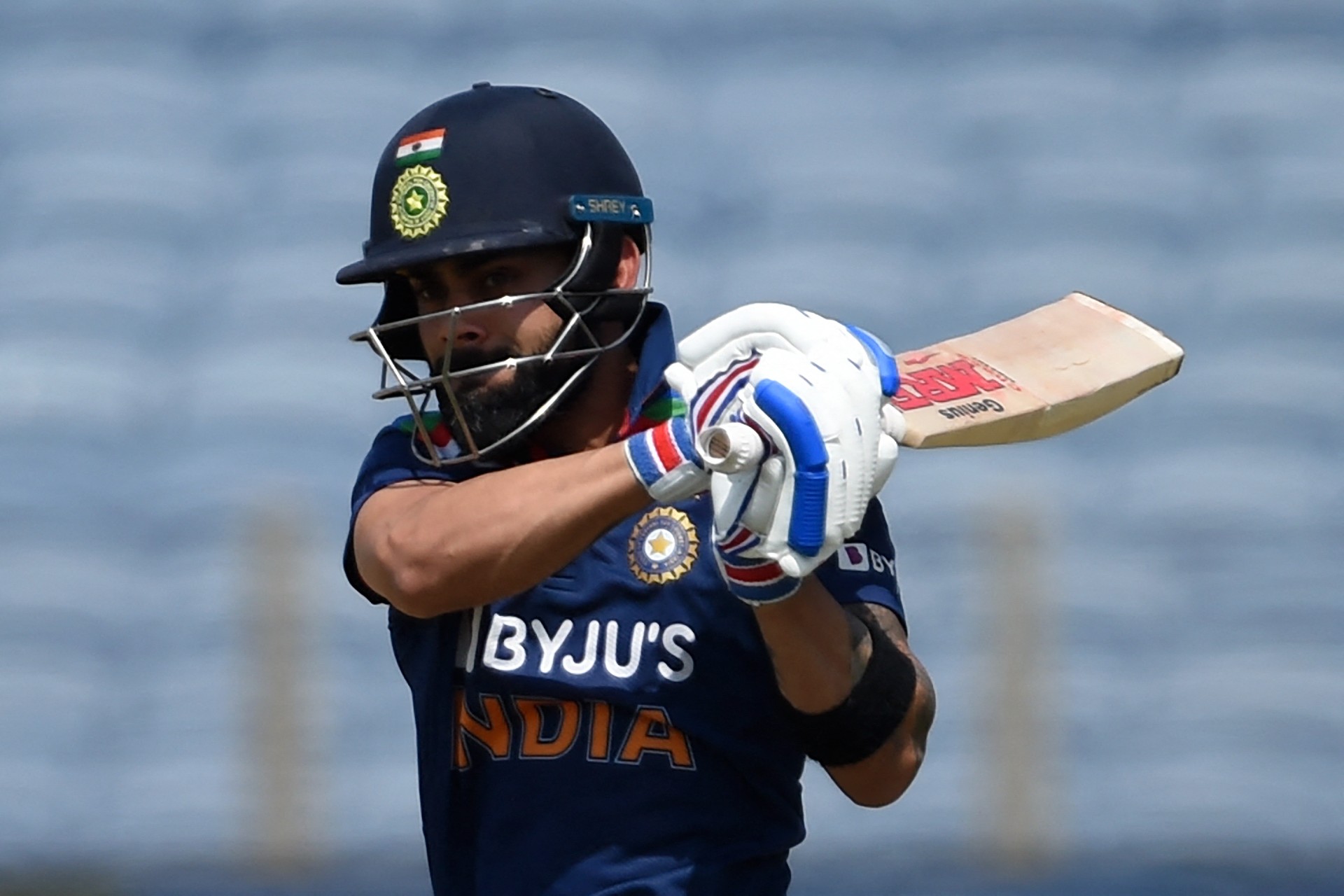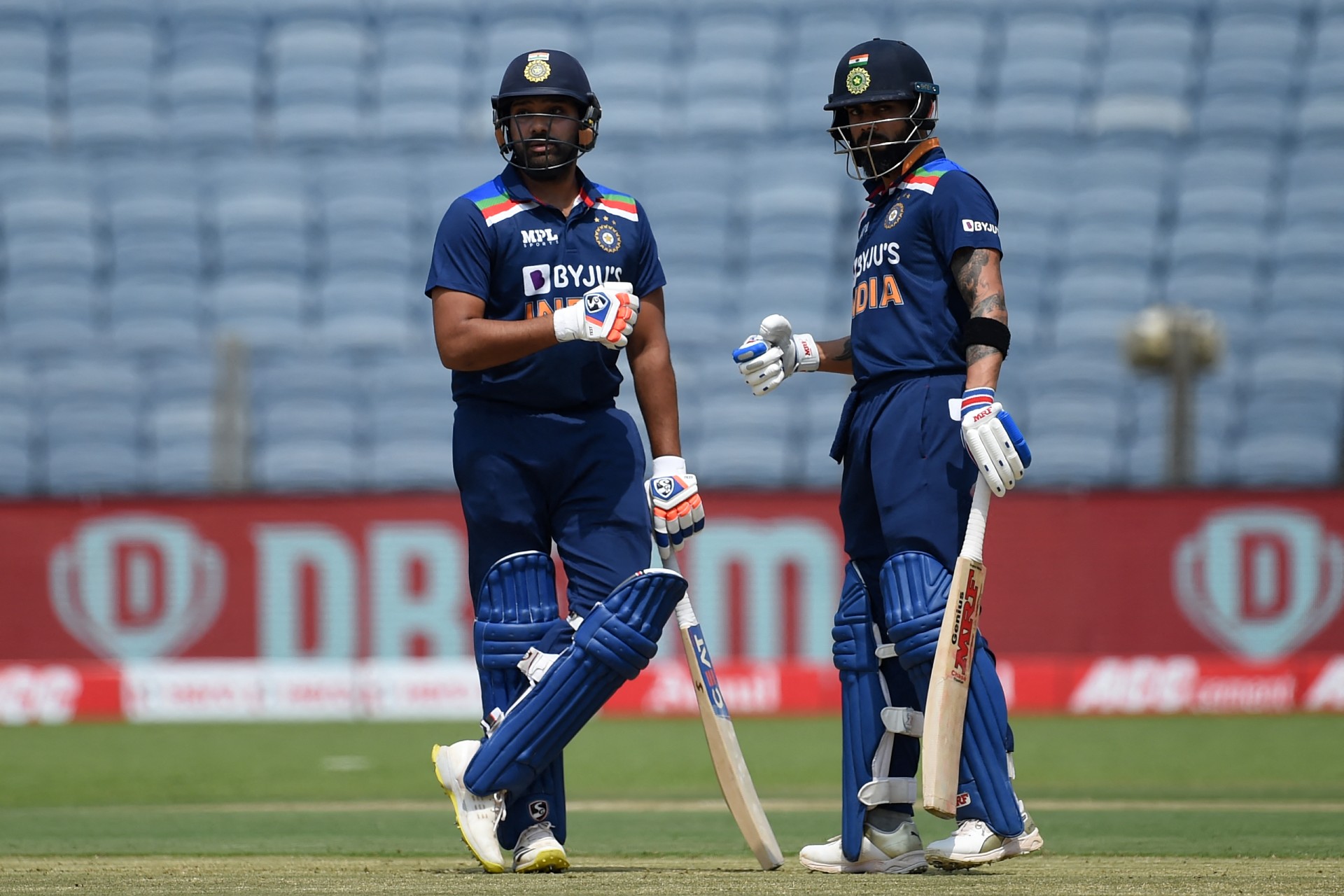 OPINION
OPINIONOn Independence Day in 2020, Mahendra Singh Dhoni formally retired from international cricket. Typically, there was no fuss or fanfare; the world was informed through a terse Instagram post: “Thanks a lot for ur love and support throughout.from 1929 hrs consider me as Retired.”
Using social media as the platform to publicise important decisions seems to have caught on as a trend. A little over a year and month on from Dhoni’s proclamation, Virat Kohli took to Twitter on Thursday (September 16) evening, letting the cricketing landscape know that he would step down as the country’s Twenty20 captain at the conclusion of the T20 World Cup in the UAE in November.
Unlike Dhoni’s painfully short message, Kohli’s was elaborate, articulate and well-reasoned. He spoke of the challenges of being an all-format player, of workload management, of the need to give himself ‘space to be fully ready to lead the Indian Team in Test and ODI Cricket’. So far so good.
What Kohli left unsaid was the mounting pressure from various quarters for a change at the helm, not only in the shortest format but in the 50-over version too. Kohli has been captain across international variants for more than four and a half years now – he assumed white-ball captaincy in January 2017, two years after taking over as Test skipper from the retired Dhoni – and while India’s record in bilateral series is excellent, the quest for global silverware has spilled over to a ninth year.

India’s last triumph in ICC events was at the Champions Trophy in England in 2013, a result that helped Dhoni complete the World T20-World Cup-Champions Trophy trifecta. Since then, India have tilted at the windmills repeatedly but with little joy. Under Dhoni, they lost in the semifinals of both the 2015 World Cup and the 2016 World T20. Kohli steered them to the final of the Champions Trophy (2017), the semifinal of the World Cup (2019) and the title round of the World Test Championship (2021) but couldn’t quite conquer the knockout bugbear.
It might be moot to speculate if Kohli chose to exit on his own terms or was nudged towards this significant decision. Both BCCI president Sourav Ganguly and secretary Jay Shah have alluded to a ‘roadmap’ for Indian cricket through a press release, suggesting that some degree of extraneous influence/pressure might have played its part. Be that as it may, there is no denying that India needed an infusion of fresh impetus, if not fresh thinking, given Kohli’s inability to scale the summit either in franchise T20 action or with the national side.
Both those anomalies might be corrected in the next two months. Royal Challengers Bangalore are well placed to make the playoffs of the two-halved IPL 2021, and few will not have India in their shortlist for favourites for the T20 World Cup. Irrespective of Kohli stepping down from the T20 captaincy – it’s almost a given that Rohit Sharma, who has led Mumbai Indians to five IPL titles, will succeed him – will reinvigorate the team and help the batsman reinvent himself, given his modest run in Test cricket over the last 20 months.

To captain a team across all three formats while having to live up to the billing of arguably the best batsman of his generation can’t be an easy cross to bear. India are a team much in demand for obvious reasons; they put bums on the seats and attract tremendous financial attention from broadcasters and sponsors alike. Alive to the danger of killing the goose laying the golden egg, successive selection panels have treated Kohli with kid gloves when it comes to T20 cricket – the right-hander from Delhi has played only 45 of India’s 67 matches since taking over as captain – while also facilitating Rohit’s growth as a leader in his own right.
As and when Rohit is formally coronated the T20I skipper – at least to start with – it will mark a return to the split captaincy scenario Indian cricket isn’t a complete stranger to. Dhoni was the ODI and T20 skipper in 2007-08 when Anil Kumble helmed the Test side, though by then, the champion leg-spinner had retired from the shorter formats. Dhoni performed the same two roles between January 2015 and January 2017, with Test captain Kohli effortlessly slipping in as his heir apparent in white-ball cricket.
In some ways, this will also be uncharted territory for all concerned. As things stand, both Kohli and Rohit are certainties in each of the three international versions. Whatever differences they might have had in the past have been put behind them, so synergy and cohesion won’t be an issue. Neither is particularly insecure, so they won’t be looking over their shoulders wondering if leaving their backs exposed is the smartest move. It would appear a win-win for Indian cricket. But as we well know, appearances can be deceptive.